Sweta Yadav
This article first appeared in Round Table India (Hindi) here, and has been translated by Kanika Sori.
I have been a student of journalism; technically speaking, I hold a degree in Journalism and consequently have worked in many media houses, but had to resign every time. Sometimes because of the caste based prejudices, other times for not wanting to undermine my principles. In some of these places I also had a good working environment and a good salary but even in those places, many male coworkers and bosses treated me like a sexual object they were lusting after.
Believe it or not, but even today, men find it difficult to accept that there is world where a woman is not just a body, where women are not only successful but prove themselves as competitive co-workers. I remember that at one of these places I was undergoing such an experience and had become emotionally perturbed. Seeing my condition, a woman coworker, in an attempt to counsel me said, “Compromise, you have to lose something to gain something; if you want to live in Delhi and create a name for yourself in this bustling crowd you will have to compromise.” My response was, “To lose something doesn’t mean to lose dignity and conscience. And as far as recognition goes, the worst would be that I’ll be one among the crowd … that is acceptable to me! But I will never make any such compromise where I lose my dignified life itself!”
And all this was at a place where the culture was considered highly feminist. Here it is important to mention that in the whole organization, I was the only woman who came from the Dalit-Bahujan community. Many of you might disagree and many might get upset. Some might also say, “all this is talk from a bygone era. Where does this happen these days?” You may disagree with both the points I am raising: caste discrimination and gender discrimination. You can deny the existence of both. Please do. But in my eyes, your denial is an act of running away from reality, nothing else!
The greatest risk of sharing personal experiences on a public portal is that you become exposed to a lot of criticism. There is also the risk of character assassination. Not just that, people will bestow you with thousands of unsolicited advice on handling the situation: why didn’t you do this, why didn’t you complain to the police, you should have hit him back, if you didn’t say anything back then why do it now, what did you do at the moment, etc. My intention is not to enumerate what I did or did not do. I’m writing today because there is no fear in me any more. So I thought of sharing with you the discrimination I endured for my caste identity and gender identity. Sometimes even if it isn’t our own fault we end up blaming ourselves for it and even punishing ourselves for somebody else’s fault.
If I say that my only fault in my workplace experience that I am sharing with you was that I was a woman, and I came from a community that has no guardian Godfather in the industry, and that was why I was made to undergo such things, will you easily believe that? Probably not.
When one is burdened by responsibilities, the words to fight back become feeble, and transform into compromised positions before we ourselves realize how and when that happened. From my community, my family and even from my paternal area of residence, I’m the first person who has not only dared to step out and come till here, but who had the confidence to make a living on my own and keep a roof over my head. After hearing all this, it should be very easy to advice that I should have immediately left my job. But it is very difficult for someone to leave a job when that very job is the only source of economic stability, especially for someone who left home saying that ‘I am going to find my own place in the world, it is my right to do so, and I shall have it under any condition.’
Today I felt like writing about some aspects of Journalism and Savarna Feminism, and I thought of starting with my personal experience so that it’s easier to take things forward from there. The reason for starting on the note of personal experience is… imagine, if in today’s allegedly ‘progressive’ society it is so hard to work and protect one’s dignity, then what might have been the times of Babasaheb Ambedkar, Savitrimai, Jyotiba Phule when caste inequalities peaked and women were only seen as objects who had no place in the society? How did Savitrimai face those taunts, how? How did she endure the mistreatment and insults meted out to her? The shaming that she faced at the hands of the savarnas for opening a school for girls, and upon their instigation, the pressures from her own siblings and relatives?
Sometimes I wonder, when the scriptwriter of Jab We Met writes, “Akeli ladki khuli tijori ki tarah hoti hai” (a lonely girl is like an unlocked vault), what is the perception of women in his mind? How does he view women? Probably just like a body of meat because with any other view it would have been difficult to write something like this. He would have written anything else, but wouldn’t have made the station-master say those words. In a way it isn’t even his fault; the fault lies with this patriarchal society where the image of women starts only with her body: the contours of her body, the size of her breasts and the slimness of waist.
When Mandal Commission came one of the slogans of protest was: Aarakshan kahan se aayi Karpuri ki maai biyahi (Where did reservation come from, karpuri’s (Karpuri thakurs) mum got impregnated); similarly, there is a prevalent saying in Bhojpuri: Kamjore ka lugai gaon bhar ka bhaujai (A weak person’s wife is village’s bhabhi or half wife). Where do such things come from in people’s minds really? How are women always at the receiving end of everything? It is very important to analyze the patriarchal and caste structure of this society to understand this. When Raj Babbar addresses Mayawati from the stage in an election rally in Ajamgarh with, “Haathi nahi woh hathni hai, Rajnath ki patni hai” (She is not a bull-elephant but a cow-elephant, she is Rajnath’s wife)1; then what might have been his perception of Mayawati is easy to guess.
Here it would not be wrong to say that you will find most of the people with the mentality of Savarna patriarchy saying that, “if a single woman, that too a Dalit, managed to be the Chief Minister of Uttar Pradesh, regarded as the focal point of power in Indian politics, then some compromises would have been made; it isn’t possible without that.” Believe me, if people didn’t think like that, Raj Babbar wouldn’t have dared to say such a thing from a public stage.
When I hear the pioneers of feminist movements in big forums and seminars saying that “all women are the same and all their problems are the same”, I feel like going to them and question their fundamentals of such an analysis. Will you be able to explain to me how the issues of Savarna women and Dalit women are similar? In a society built on inequalities, is it possible that women of all communities face the same problems? Can you get me any evidence based report that hints towards this phenomenon that women openly laboring in the fields of Savarna men are not Dalit-Bahujan but Savarna? Is there any Savarna settlement which is anything like Mirchpur? Is it possible for Savarna women to be exploited in the same structural ways as Jisha was?
You or even I won’t find anything. You know why? Because only Dalit-Bahujan women are cursed for enduring such treatment, Savarna women aren’t, decidedly by the caste society that treats Dalit-Bahujan women as its property. When Damini case happened, the whole nation came down on the roads to protest, but when in Bhagana girls are raped, when the horrors of Mirchpur take place, when Jisha is raped and killed…note that Jisha too underwent the same tragedy that Damini did. When Soni Sori’s vagina is filled with stones, what happens to this country’s public then? Why don’t they take to roads? Where is the conscience of these feminists then? I want to tell Savarna feminists of this country that women’s emancipation will not happen with bodily freedom alone.
If you want to help women, then struggle for their economic independence, pay attention to their education and employment, which Jyotiba Phule and Savitrimai understood more than a century ago and perhaps was why their first step was education for women. They knew women’s emancipation is impossible without education. Talking about women’s education to ‘Gyaanodaya’ on 15th September 1853, Jyotiba Phule says, “It seems to me that the values that a child gets from her/his mother are very important and good. Therefore, people concerned for the well-being of the country should focus on the plight of women and if they really want the country to progress, they must make every effort to provide women with knowledge.”
The major reason for writing this is that despite many years having passed since independence the country hasn’t recovered from caste and gender inequalities. In fact, it will be appropriate to say that with time the oppressors have developed new and more dangerous tools of oppression. There is no doubt that our leaders have created new grounds for their next generations after long relentless struggles, but whenever there is an increase in opportunities and possibilities it comes with deeper and more complex challenges of its own. In such situations it is natural to ask if we need to develop new tools to face these issues or the present ideology and methods are sufficient.
Caste inequality and gender discrimination are fundamental to the structure of the Indian society. Moving ahead without addressing these issues means either we have failed to understand Indian social structures or do not want to. Whoever endures such caste and gender based discrimination finds it impossible to ignore these aspects. But for someone who hasn’t undergone such experiences, they find these to be non-issues to pay heed to or talk about. It is very easy to find people belonging to the ‘upper’ caste who say that “caste doesn’t exist or this is a thing of an era gone by”, just like men imbibed with patriarchal values say ,“How is the present-day woman oppressed?”
Note:
1 This is a play on words, and the references are to the ‘elephant’ which is the political/election symbol of the Bahujan Samajwadi Part (BSP), led by Mayawati, and the ‘cow’, which is considered sacred and whose cause is championed by the Bharatiya Janata Party (BJP), one of whose prominent leaders is Rajnath Singh.
~~~
Sweta Yadav is a writer, and is part of the editorial team of the Hindi Round Table India.
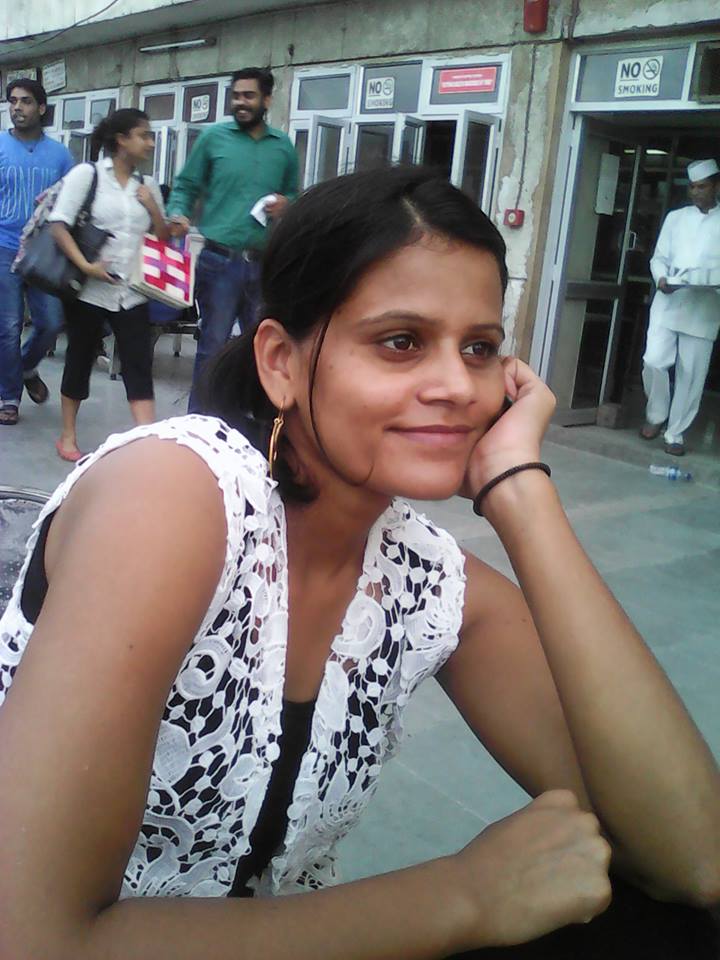
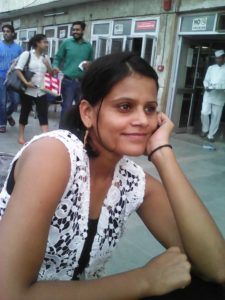
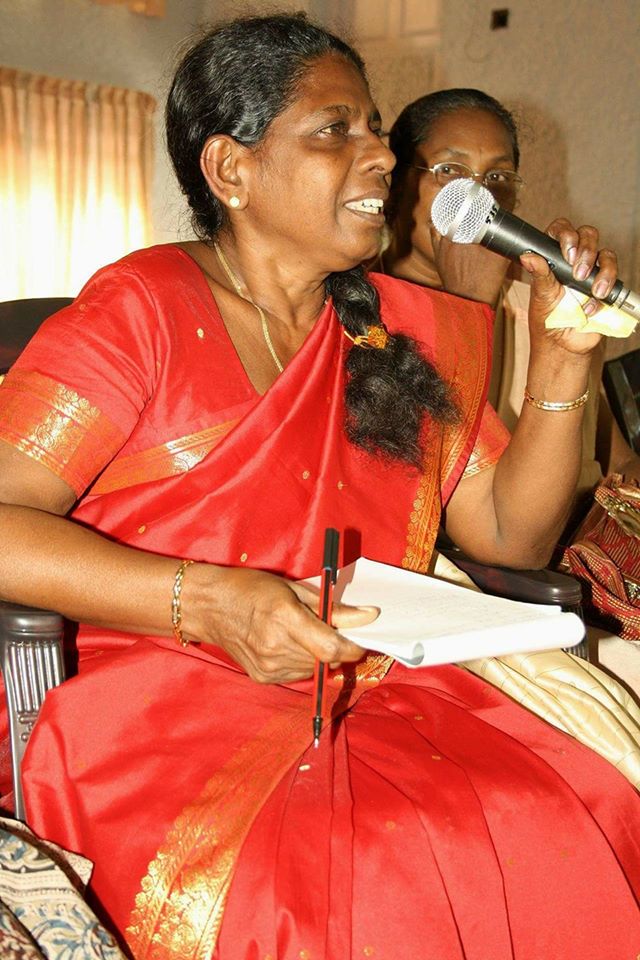
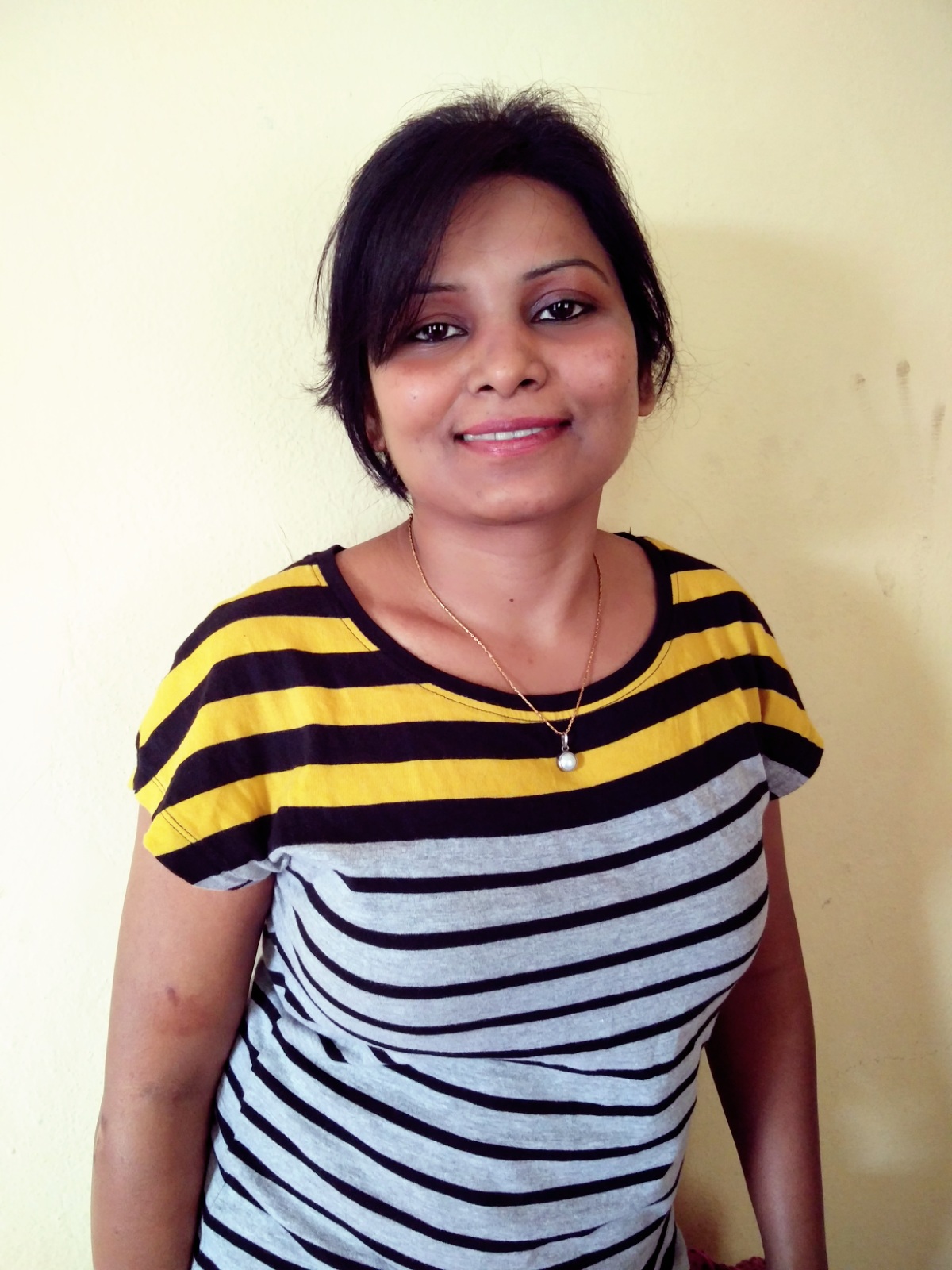
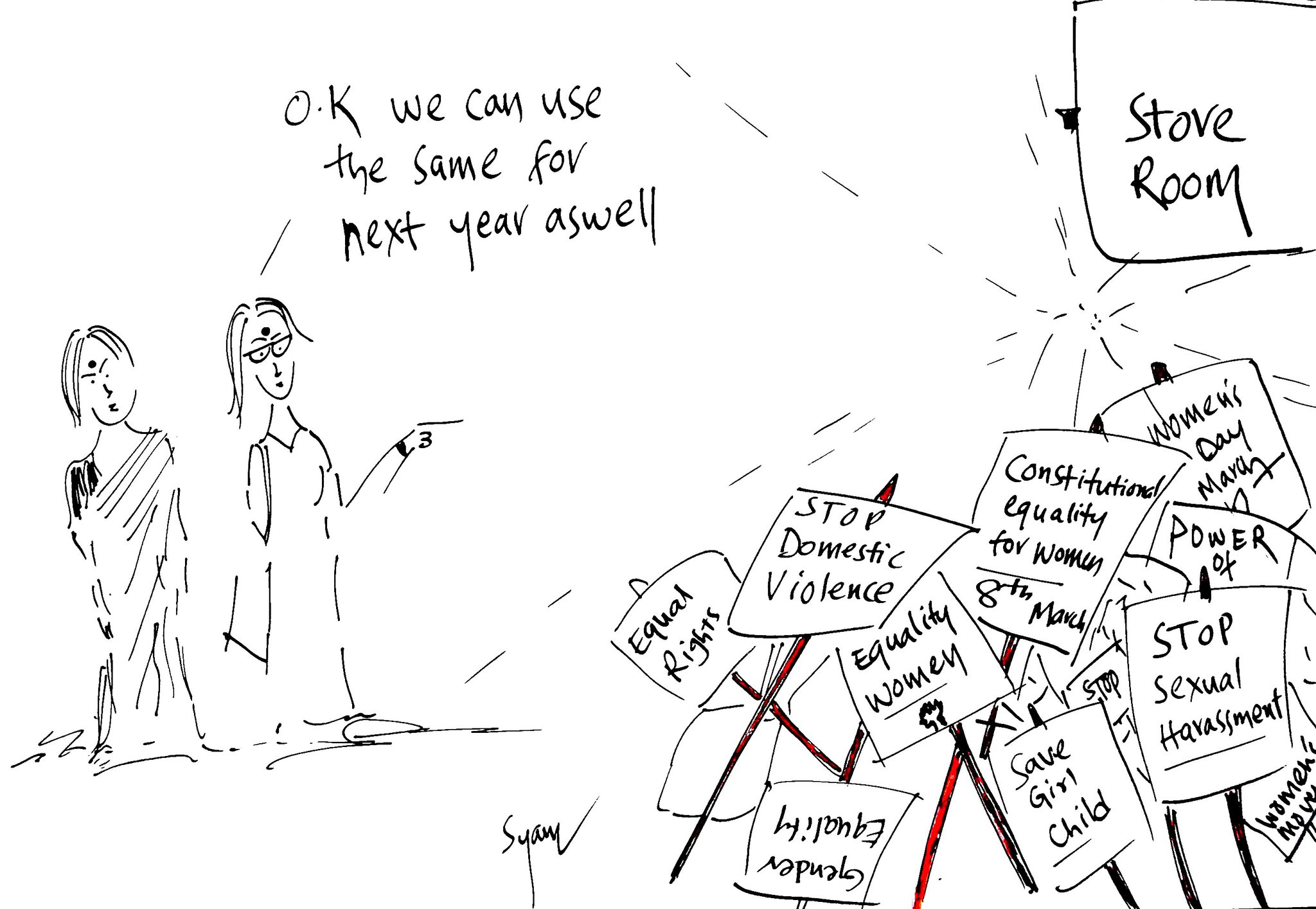
Well articulated reality. Absolute facts. Thanks. //In fact, it will be appropriate to say that with time the oppressors have developed new and more dangerous tools of oppression//
आपका शुक्रिया … सहमत हूँ आपकी बात से आज के समय में मुख्य मुद्दा यही है कि इन्हें कैसे पहचाना जाए और इनसे लड़ने के लिए किन तरीकों का इस्तेमाल किया जाए|
This is so uncomfortable read for a father whose child would be soon out to face the world and its bitterness. What would he do to ensure the safe atmosphere for his birdie ?
आपकी बात से सहमत हूँ | यह पढ़ कर सच में एक पिता के लिए बहुत मुश्किल है अपनी बच्ची को बाहर भेजना| लेकिन इतना ही कहूँगी कि रोकियेगा मत, बहुत जरूरी है अपने सपनों को पंख देना|आप सबसे अच्छा यही कर सकते हैं कि अपनी बच्ची से इस तरह का व्यवहार रखें की कोई भी उलझन हो कोई भी परेशानी हो वह बिना झिझक आपसे कह सके , उसे यकीं हो इस बात का कोई माने या ना माने मेरे अभिभावक मेरी उलझनों को समझेंगे और हमेशा मेरे साथ खड़े रहेंगे| यह एक ऐसी हिम्मत है जो एक ऐसा भरोसा है जो तूफ़ान से भी टकराने का हौसला देता है|मुझे हमेशा यह हिम्मत मुझे मेरे माँ-पिता से मिलती रही, आज मैं जो कुछ भी हूँ उसमें उनके भरोसे का उनके साथ का बहुत बड़ा योगदान है|
I could not stop myself from placing a comment..your experience is from media but in most of the fields Dalit women face the same thing..At points I felt that u wrotethe exact lines as I want to shout to the world.. I would like to add that at places dalit men who reach a good position are not distinguishable from the savarna men!!they intend to misuse their dalit identity by victimising dalit women… And it the dalit women who become the most affected being seen just as a “body”.